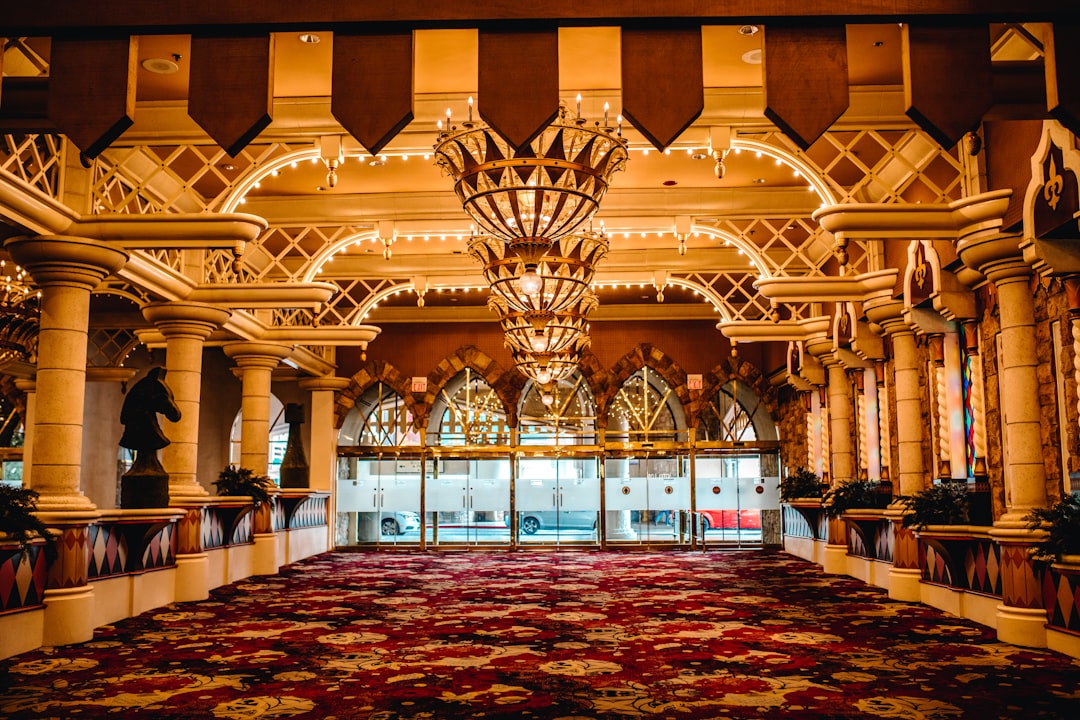Fort Worth, Texas, often overshadowed by its larger neighbor Dallas, is a vibrant city that boasts a rich tapestry of history, culture, and modernity. Known as “Where the West Begins,” Fort Worth has a unique identity that reflects its cowboy heritage while embracing contemporary urban life. The city is characterized by its friendly atmosphere, diverse population, and a blend of traditional Texan values with progressive ideas.
With a population of over 900,000 residents, Fort Worth is the fifth-largest city in Texas and the 13th largest in the United States, making it a significant player in the economic and cultural landscape of the region. The city’s layout is a fascinating mix of historic districts, bustling commercial areas, and serene residential neighborhoods. Fort Worth is home to several major industries, including aerospace, manufacturing, and technology, which contribute to its robust economy.
The city also serves as a cultural hub, offering a plethora of museums, theaters, and art galleries that reflect its commitment to the arts. With its unique blend of old and new, Fort Worth invites visitors to explore its many facets, from the historic Stockyards to the modern skyline that defines its downtown area.
Key Takeaways
- Fort Worth is a vibrant city in Texas known for its rich history, cultural attractions, and delicious cuisine.
- The city is home to many historical landmarks, including the Fort Worth Stockyards and the Kimbell Art Museum.
- Visitors can explore popular places such as the Sundance Square, Fort Worth Zoo, and the Fort Worth Botanic Garden.
- Fort Worth boasts a thriving arts scene, with attractions like the Modern Art Museum of Fort Worth and the Bass Performance Hall.
- Outdoor enthusiasts can enjoy activities like hiking at the Fort Worth Nature Center and Refuge, or taking a stroll along the Trinity River.
Historical Facts and Landmarks
The Fort Worth Stockyards National Historic District
This area preserves the legacy of the cattle industry and features original buildings from the early 1900s, including the Livestock Exchange Building and the historic Texas & Pacific Railway Depot.
Architectural Gems
Another notable landmark is the Tarrant County Courthouse, an architectural gem completed in 1895. Designed in the Romanesque Revival style, this building is often regarded as one of the most beautiful courthouses in Texas. Its intricate stonework and towering clock tower make it a focal point of downtown Fort Worth.
Cultural Heritage and Art Appreciation
Additionally, the Kimbell Art Museum, designed by renowned architect Louis Kahn, showcases not only an impressive collection of art but also serves as a testament to Fort Worth’s commitment to preserving its cultural heritage. The museum’s design harmonizes with its surroundings, creating a serene environment for art appreciation.
Popular Places to Visit

When visiting Fort Worth, there are several must-see attractions that capture the essence of the city. The Fort Worth Zoo, established in 1909, is one of the oldest zoos in the United States and is consistently ranked among the best. Home to over 7,000 animals representing more than 500 species, the zoo offers visitors an immersive experience with exhibits like the African Savanna and the Texas Wild!
area. The zoo’s commitment to conservation and education makes it a popular destination for families and animal lovers alike. Another iconic site is the Fort Worth Botanic Garden, which spans 110 acres and features over 2,500 species of plants.
The garden includes various themed areas such as the Japanese Garden, which boasts koi ponds and tranquil pathways, and the Rose Garden, known for its stunning displays of color during blooming seasons. Visitors can stroll through these beautifully landscaped areas or participate in educational programs that highlight horticulture and environmental stewardship. The combination of natural beauty and educational opportunities makes the Botanic Garden a cherished spot for both locals and tourists.
Cultural and Artistic Sights
| City | Number of Museums | Number of Art Galleries | Number of Theaters |
|---|---|---|---|
| New York | 92 | 127 | 420 |
| Paris | 173 | 213 | 136 |
| Rome | 83 | 97 | 74 |
Fort Worth’s cultural scene is vibrant and diverse, with numerous institutions dedicated to the arts. The Fort Worth Cultural District is home to several world-class museums, including the Modern Art Museum of Fort Worth. This museum features an extensive collection of contemporary art from the late 20th century to today, showcasing works by renowned artists such as Jackson Pollock and Andy Warhol.
The building itself is an architectural masterpiece designed by Tadao Ando, characterized by its minimalist aesthetic and integration with nature. In addition to visual arts, Fort Worth has a thriving performing arts community. The Bass Performance Hall is a premier venue for concerts, ballet performances, and Broadway shows.
Its stunning architecture and exceptional acoustics make it a favorite among performers and audiences alike. The hall hosts various events throughout the year, including performances by the Fort Worth Symphony Orchestra and Texas Ballet Theater. This commitment to the performing arts enriches the cultural fabric of Fort Worth and provides residents with access to high-quality entertainment.
Outdoor and Recreational Activities
For those who enjoy outdoor activities, Fort Worth offers an abundance of parks and recreational spaces that cater to various interests. Trinity Park is one of the city’s largest green spaces, featuring miles of trails for walking, jogging, and biking along the banks of the Trinity River. The park also includes picnic areas, playgrounds, and sports facilities, making it an ideal spot for families looking to spend time outdoors.
The annual Fort Worth Cowtown Marathon takes place here, attracting runners from all over who come to experience this scenic route. Another popular outdoor destination is Eagle Mountain Lake, located just north of Fort Worth. This expansive lake offers opportunities for boating, fishing, swimming, and camping.
With several parks surrounding the lake, visitors can enjoy picnicking or hiking along scenic trails that provide stunning views of the water. The lake’s recreational offerings make it a favorite getaway for locals seeking respite from urban life while still being close to the city.
Culinary Delights and Local Cuisine

Fort Worth’s culinary scene reflects its rich cultural heritage and diverse population. The city is famous for its barbecue joints and Tex-Mex restaurants that serve up mouthwatering dishes steeped in tradition. One cannot visit Fort Worth without indulging in some authentic Texas barbecue; establishments like Cooper’s Old Time Pit Bar-B-Que are renowned for their slow-smoked meats served with classic sides like coleslaw and potato salad.
The communal atmosphere at these eateries adds to the experience as diners gather around long tables to enjoy hearty meals together. In addition to barbecue, Fort Worth boasts a vibrant Tex-Mex scene that showcases flavors unique to the region.
Garcia’s are beloved for their festive ambiance and delicious enchiladas served with homemade salsa. The restaurant’s sprawling patio is perfect for enjoying a meal al fresco while soaking up the Texas sun. Furthermore, Fort Worth has seen a rise in farm-to-table dining establishments that emphasize locally sourced ingredients and seasonal menus.
These restaurants not only highlight Texas’s agricultural bounty but also contribute to sustainable dining practices within the community. Fort Worth stands as a testament to Texas’s rich history while embracing modernity through its diverse offerings in culture, recreation, and cuisine. Each facet of this city tells a story—whether it’s through its historic landmarks or its vibrant culinary scene—inviting visitors to explore and experience all that it has to offer.
If you’re intrigued by the diverse attractions and historical insights provided in the article about Fort Worth, Texas, you might also enjoy exploring more about different global destinations.










